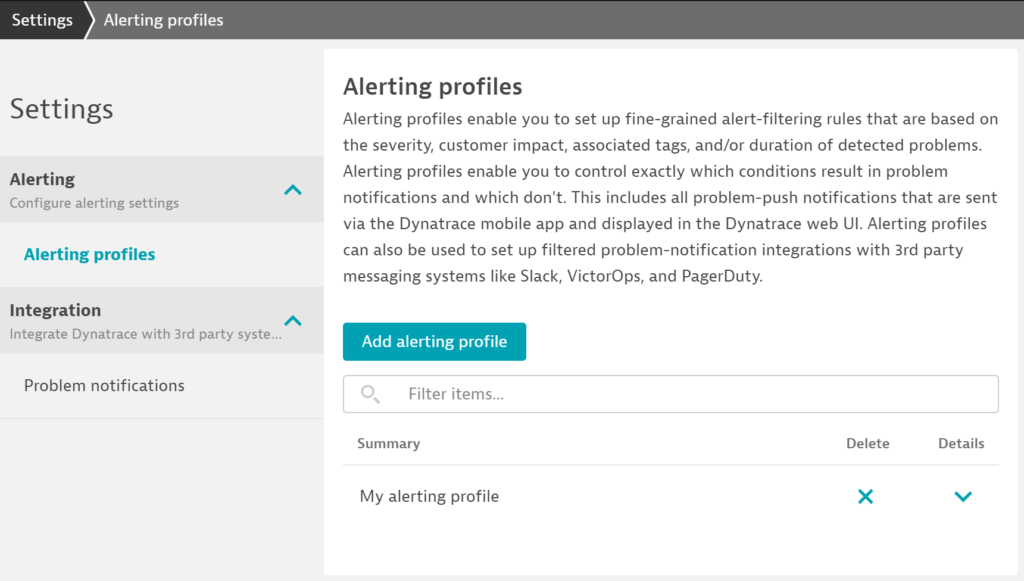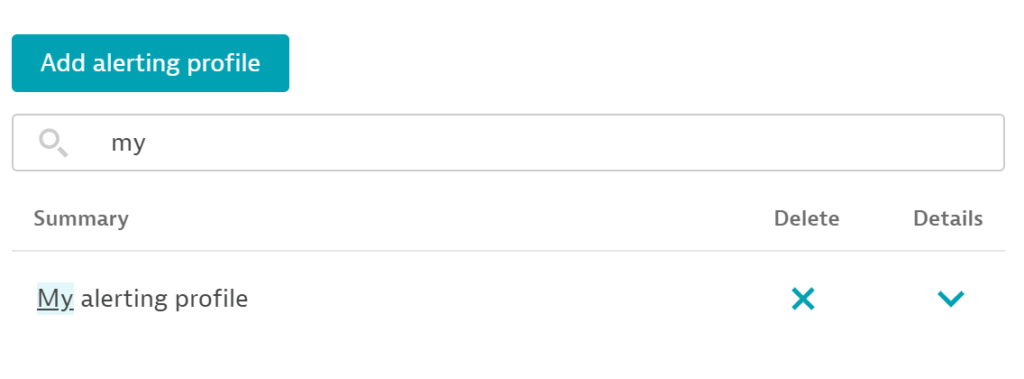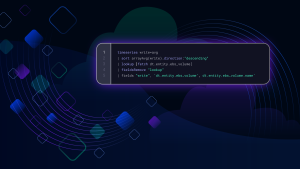The world’s largest enterprises use Dynatrace to transform and improve the way they work. They use the Dynatrace Software Intelligence Platform for numerous use cases across development, operations, and line of business within the world’s largest environments.
To ensure effective administration of Dynatrace in such web-scale environments, Dynatrace provides centralized configuration controls. This prevents time-consuming discussions with infrastructure teams or complex automation on top of DevOps toolchains and ensures that auditing and oversight can be performed by an administrative team.
With our continuous improvements to the platform, we’ve gone even further, enabling Dynatrace administrators to delegate less critical maintenance operations to non-privileged users. Administrators can access settings via the Dynatrace web UI or the REST-based API to enable automation of monitoring configuration changes while ensuring that the permissions set up by administrators are enforced.
Now it’s time to share the first step towards this goal. This blog post is the first in a series that introduces some of the improvements that ensure easy manageability at scale.
Enable users to configure problem notifications for their management zones following a self-service approach
To make sure that all users can focus on the data that matters most to them, Dynatrace uniquely provides fine-grained access control for cloud native and hybrid environments. With management zones you can grant data access to specific user groups based on the specific components of the application environment (for example, a specific cloud service, a full stack view of an application, or a certain cloud platform).
With the release of Dynatrace version 1.216, Dynatrace administrators can delegate permission for managing problem notifications related to management zones. This means that any user who belongs to a user group with the respective permission set will be able to:
- Modify alerting profiles that are connected to their management zones
- Manage problem notifications that are tied to the alerting profiles.
This means that, based on their responsibilities, users can customize their problem notifications following a self-service model that enables autonomy and scale.
How to get started
If you’ve already designated specific users or user groups as management zone administrators, no further action is needed. Those users will be able to access their notification settings right away.
Otherwise, select Account settings from the user profile menu, choose the management zone you want to grant permissions for, and select Change monitoring settings.
Following this step, individual users can go to Manage > Settings > Alerting > Alerting profiles to adjust their notification settings.
This update will change some existing workflows for notification set up, so please refer to Dynatrace Documentation for details on configuring notifications from third-party tools.
Notable UI improvements
When configuring these notification settings, you may note the following improvements:
- List-based settings are now consistently searchable using the search field (see image below)
- The “edit content > save changes” update pattern is now consistently enforced in these settings pages
What’s next
This is the first installment in a series of planned changes that will be released in the coming weeks. So expect updates for settings related to:
- API improvements that enable settings-transfer workflows
- More settings that will be available in the generic settings API and within the permission policy system (currently available in a Preview release)
Are you new to Dynatrace?
If so, start your free trial today to experience software intelligence at scale!








Looking for answers?
Start a new discussion or ask for help in our Q&A forum.
Go to forum